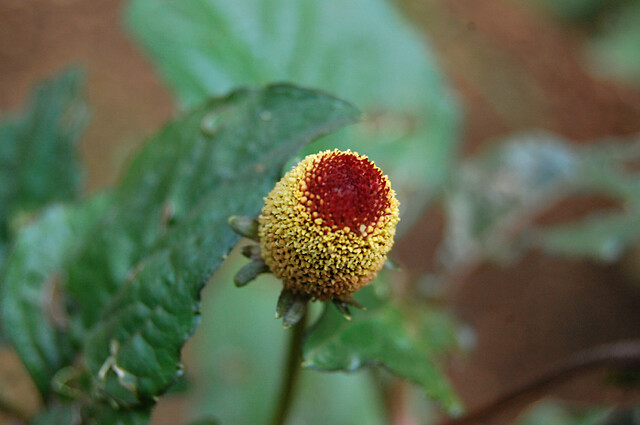Botanical Description:
Scientific Name: Artemisia absinthium
Common Names: Wormwood, Absinthe
Description:
Wormwood (Artemisia absinthium) is a perennial herb known for its silvery-green, finely divided leaves and bitter taste. Belonging to the Asteraceae family, wormwood has a long history of use in traditional medicine. Explore the traditional uses, constituents, and applications of Wormwood in this Materia Medica.
Disclaimer:
This Materia Medica is provided for informational purposes only and should not replace professional medical advice. Please consult with a qualified healthcare practitioner or herbalist before using any herbal remedies.
Therapeutic Actions:
- Bitter Tonic:
- Wormwood is known for its bitter taste, contributing to its use as a bitter tonic to stimulate digestion.
- Antiparasitic:
- It has historical use as an antiparasitic agent, particularly in addressing intestinal parasites.
- Stimulant:
- Wormwood is considered a mild stimulant, potentially enhancing overall digestive function.
- Antimicrobial:
- It exhibits antimicrobial properties, contributing to its traditional use in various infections.
Constituents:
- Absinthin:
- Wormwood contains absinthin, a bitter compound believed to stimulate digestive processes.
- Thujone:
- Thujone is a constituent found in wormwood, known for its potential therapeutic effects and regulatory considerations.
- Essential Oils:
- Wormwood contains essential oils that contribute to its aromatic properties and potential benefits.
Traditional Uses:
- Digestive Health:
- Wormwood is traditionally used to support digestive health, stimulate appetite, and address indigestion.
- Antiparasitic Applications:
- It has historical use in addressing intestinal parasites, with formulations used in traditional medicine.
- Fever Reduction:
- Wormwood has been employed to reduce fever due to its potential diaphoretic effects.
Dosage and Preparation:
- Wormwood Tincture:
- Tinctures prepared with Wormwood are available. Dosage should be followed as per product recommendations.
- Infusions:
- Infusions can be made using dried Wormwood leaves. Dosage may vary, and it’s essential to follow recommended guidelines.
- Topical Applications:
- Wormwood-infused oils or salves can be applied topically for certain skin conditions. Follow proper guidelines for external use.
Cautions and Considerations:
- Thujone Content:
- Wormwood contains thujone, and high doses or prolonged use may have neurotoxic effects. Caution is advised.
- Pregnancy and Breastfeeding:
- Safety during pregnancy and breastfeeding is not well-established, and consultation with a healthcare professional is recommended.
- Allergies:
- Individuals with known allergies to plants in the Asteraceae family (such as ragweed) should exercise caution.
Conclusion:
Wormwood, with its silvery-green leaves and bitter taste, has played a role in traditional medicine for digestive support and antiparasitic applications. Whether used as a bitter tonic, antiparasitic agent, or in fever reduction, Wormwood offers a range of potential benefits rooted in historical practices. This Exhaustive Materia Medica aims to provide comprehensive insights into Wormwood’s botanical description, therapeutic actions, constituents, traditional uses, dosage, precautions, and applications. For personalized guidance and optimal usage, consultation with healthcare professionals or herbalists is recommended, particularly for individuals with specific health conditions.






One comment on “Wormwood: Herbal Plant Profile”